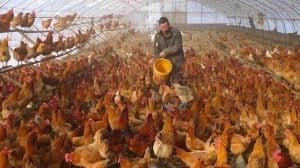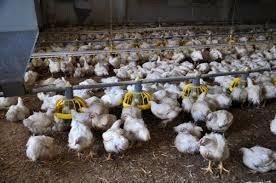USDA-ARS GAIN report CH2021-0087 released on July 27th projects production, supply and distribution of chicken meat in China for calendar 2022. Data for chicken meat combines yellow- feathered traditional birds and white-feathered broilers but excludes paws.

In 2022, China will produce 14.3 million metric tons of chicken meat approximately 2.1 percent higher than in the preceding year. Imports will amount to 930,000 metric tons an increase of 3.3 percent over 2021. China will export 440,000 metric tons representing a net import of 490,000 metric tons. The USDA-FAS estimates domestic consumption at 14.79 million metric tons corresponding to a per capita consumption of 23 pounds.
Due to COVID restrictions in 2021 large cities including Harbin, Yulin and Wuxi implemented bans on wet markets disfavoring purchase of traditional yellow-feathered birds. The cost of production of the domestic breeds is considerably higher than conventional broilers based on inferior growth rate and feed conversion efficiency. White feathered conventional broilers are favored by QSR's.  Approximately 70 percent is sold as pre-cooked and seasoned with the remaining proportions split evenly between preserved products including sausages and fried or pre-cut salad presentations.
Approximately 70 percent is sold as pre-cooked and seasoned with the remaining proportions split evenly between preserved products including sausages and fried or pre-cut salad presentations.
With the restoration of hog production in China following severe losses due to African swine fever, broiler meat has and will continue to decline in value based on greater availability and lower prices for pork.
Live bird prices have declined from $1.54 per pound during mid-February 2021 to $1.45 per pound in mid-June of that year. Currently small and medium sized producers faced with increasing feed and chick costs are operating below breakeven. Going forward, production will be derived more from integrated units with a number of complexes planned with capacities up to two million birds per week. In some cases, integration extends forward into retail and QSR's operation.
It is estimated that in 2021 imports of U.S. jumbo paws exceeded 250,000 metric tons, a 25 percent increase over 2020. The U.S. supplies almost 50 percent of the market for imported paws based on size, price, and consistent quality, outcompeting Brazil, Russia, and Argentina.